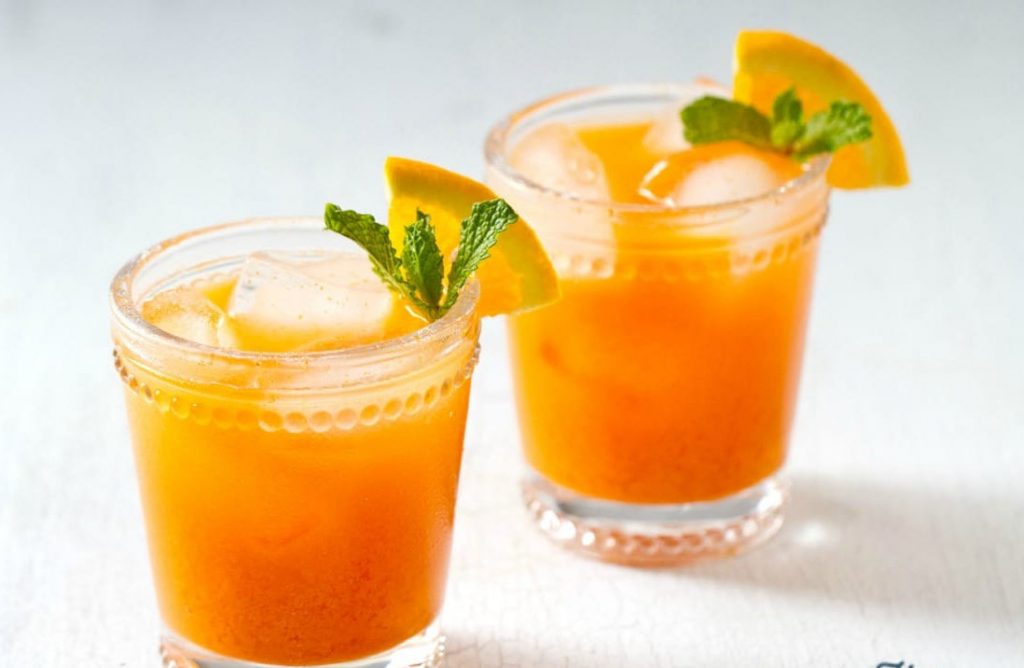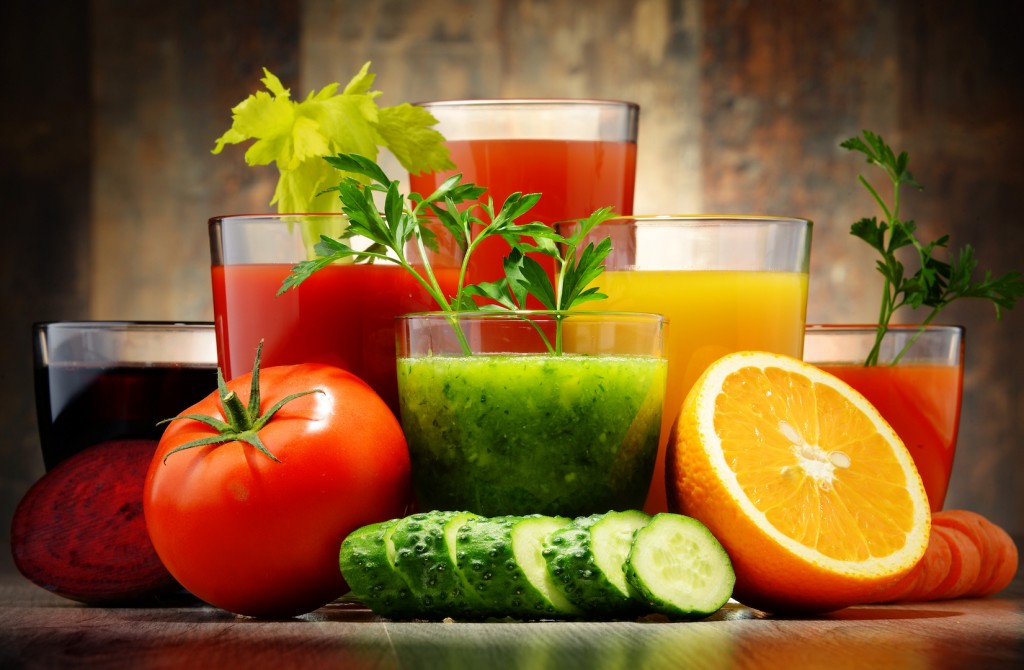
‘Iv gained weight after my menopause set in’. How commonly we encounter such statements from women in their mid life or mid 50s? It’s so easy for them to blame their hormonal changes for the steadily gaining weight and thus sit back reconciled to the fact that nothing can be done to prevent this weight gain. But the fact is that actually menopause does not cause the weight gain as such. It is the gradual changes in your lifestyle around middle age that slowly bring about the change in your body. It is the estrogen secretion that declines which was so far protecting you from a lot of harmful physiological components, thus making you more vulnerable to metabolic disorders. This also causes your body to store fat around your abdomen and that is why it is also jokingly called the ‘meno-pot’! The waning estrogen levels also lowers your metabolic rate, the rate at which your body converts stored energy into working energy. Moreover, this may also cause your body to metabolize starches and blood sugars less effectively, indirectly leading to fat storage. This is also the time when you gradually observe your pear shaped body transforming into an apple shaped figure that is more rounded and full at the waist and abdomen –the site of fat deposition.

But estrogen decline is only one factor, which should not be blamed entirely for this. There are other more significant factors which we may not realize in our day to day life. If taken care of, these external factors can actually nullify the effects of your natural hormone changes in your body without any negative consequences. These are basically, your activity level over the day. You tend to become less active (unless you are in a job which keeps you on your toes most part of the day) since you may have more help at home to do your chores, or even your rise in your job to an administrative level, or may be some physiological limitations of mobility e.g. any joint pains or inflammation etc. m ay be restricting your mobility.

Besides, decreased activity with increasing age, your eating pattern too may not have decreased proportionately. On the other hand, you may be inclined to eat more or indulge in parties and dining out days more often than before! Even if your appetite may have reduced, again that may lead you to eat less of proteins too, and invariably for vegetarians it becomes very less, if they avoid milk or legumes due to fear of indigestion. The lack of proteins in your diet over a considerable period may prompt your body to displace fat stores in place of muscle mass. On the whole you may even end up eating too less and that also leads your body to slow down your metabolism and thus gain weight.
So, young ladies (yes I call you young, since life has actually begun for you now!), break away from the ‘myths’ and ‘blues’ of menopause and gear up to take control of your body from a new perspective. Here are the things you will need to take care of, to keep off fat accumulation and thus prevent weight gain and also enjoy a happy post menopause phase:
Maintain physical activity – This is a must to boost your metabolism and burn off fat cells. A brisk walk of about 45-60 minutes can help mobiles your stored energy and defer fat accumulation. It will also help keep your heart, lungs, joints and bones healthy. The calcium from the bones starts depleting fast after menopause, but a good physical activity can prevent those losses. Strengthening exercises or weight training workouts at least 3 times a week is important at this age to maintain a healthy muscle mass like dumbbells, resistance bands and certain yoga postures.
- Eat Healthy – It’s important that you watch what you eat. You need not starve; on the contrary small but frequent eating of healthy foods can keep your body to work and burn extra fat. Good sources of protein should be encouraged which will help maintain your muscle mass and keep of fat deposition. Non fat dairy and mill products, legumes, nuts and seeds and whole grain cereals are good options to choose from for your protein requirements. Besides, a good helping of fresh fruits and vegetables will take care of your minerals like calcium, iron, zinc and selenium, and other important vitamins. Anti oxidant food sources with omega 3 fatty acids can be obtained from flax seeds, red and yellow fruits and vegetables.
- Avoid high/bad fat foods – It’s important to keep off foods which are inherently high in fats like whole fat milk and products made from them, organ meats, processed and ready to eat foods, excessive bakery foods which contain saturated and trans fats. Use of oils for cooking should be limited to a minimum possible.
- Sugars and salt – Beware of hidden sources of sugars and slat! Intake of food sources with high sugar and salt content should be avoided. Ready to cook foods, bakery stuff, processed foods, preserved foods; packaged drinks, fruit juices, sodas etc are all high in the unhealthy sugars and salt. These are the harmful or bad carbs and will lead to unwanted fat deposition, raising risks of diabetes, cardio vascular problems and even cancer.
- Use of High Fiber/Good Carbs – Foods like whole grains, oats, whole and husked pulses, salads and other green leafy vegetables, fruits and nuts and seeds like flax seeds are good sources of fiber and helps maintain a healthy gut, besides warding of diseases like cancer, and diabetes.
- Water Intake – To maintain a healthy digestive tract and keep off accumulation of toxic byproducts, a good amount of water intake should be maintained. About 2.5-3 lts a day will be ideal to have to maintain healthy physiological functions of the body.
To sum up finally, I would say you are on the threshold of a new phase of your life and now it is up to you how you can make the best from this new era, experimenting new things without the limitations and burden of disease. After all, say ‘Me-no-pause’ to your active healthy life!















